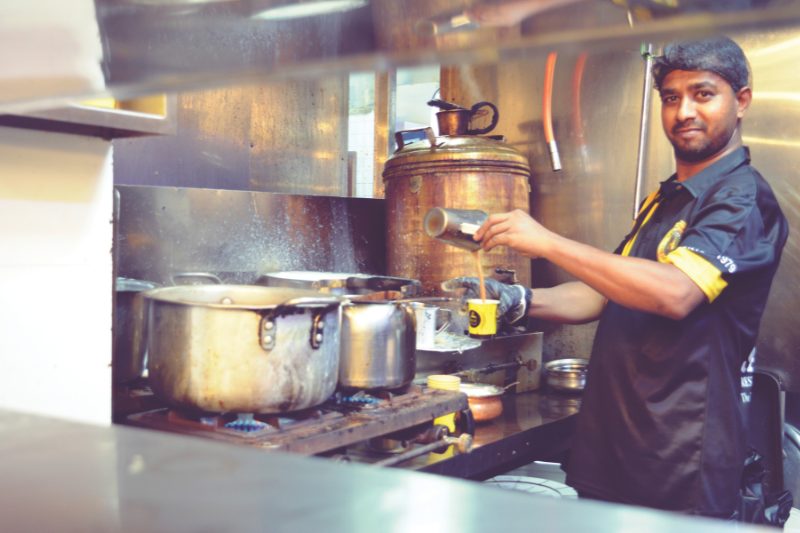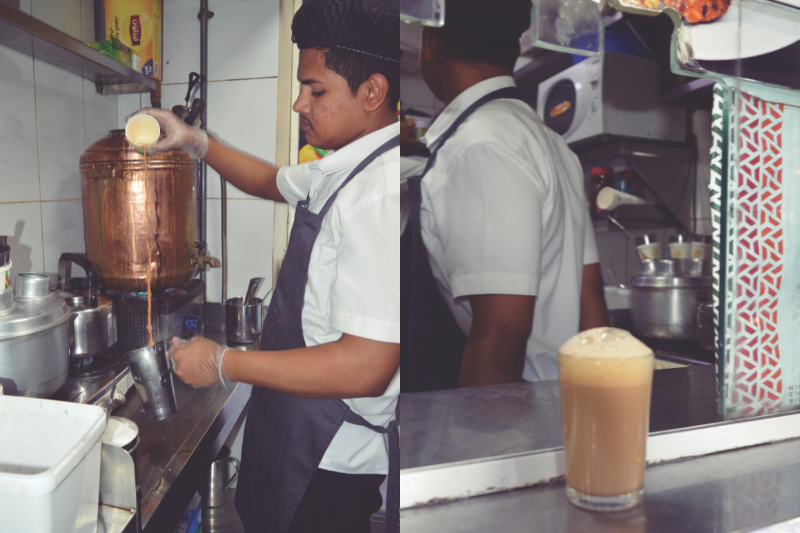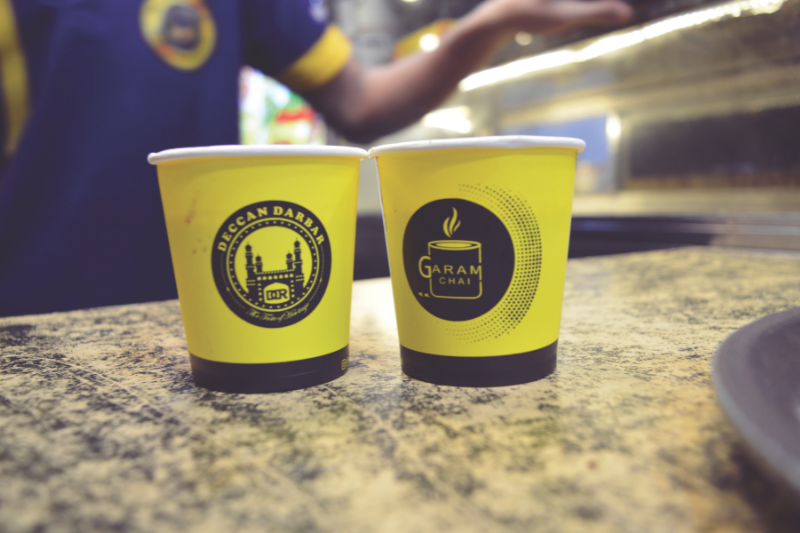Karak? Here's why Dubai loves karak so much...
Get in Dubai, we’re going for karak…
Jyothi works in tourism, she tells me. She’s seated across from me on a plastic wicker chair, one of about
50 in this shaded outdoor extension of a roadside cafeteria in a residential area bursting with human life. She’s wearing a pair of sweatpants and a shirt that seems to belong to one of those matching pajama sets. What’s she’s doing here is easy – an afterthought.









karak
“I’ve been coming here for six years,” she says. “We come here for chai every weekend, usually on the weekends, and stay till two or three in the morning.”
Her friend, a younger-looking guy with interests besides this strange journalist asking him questions about tea, is a university student, having arrived in Dubai about a month ago from Mumbai, India.
“I’ve been showing him around all of our tea spots and haunts.”
I ask her what it is that her and her friends do that makes them come back every weekend for six whole years. “Nothing special. We just talk, chit-chat, catch up. We really look forward to this time.”
How a little cylindrical shot of milk tea became a symbol of social synergy in the UAE is a bit of a mystery but it’s also not – the origins of this beverage will tell you exactly what you need to understand why chai culture is steaming and rife in this country.
As far as I can remember, in my near and far memory, a cup of tea and social interactions have always been a marriage – a speedy corporate connection, a tête-àtête with a friend, a solo soirée, somehow,
somewhere, a piping hot drink is always present in the footnotes, a cup of masala chai warming up our insides and the colour of our conversations.
Now, I haven’t been around a very long time, and certainly not long enough to stand sure-footed in the face of the UAE’s mighty charted history, but I do know, that the silken drink came here with the South Asian migrants a very long time ago and became the thread of a social fabric entirely its own. Far away from familiarity, with not much to entertain them besides swirling dust, these expats found their own and eventually a community over this shared activity, because that’s what it was and that’s what it is now.
Back home, chai occupies national treasure status, punctuates the shifts of body clocks, the climb of the sun and the rise of the moon, the curtain call of meals times – what happens when a diaspora in a foreign land starts to grow? So does this element of the day-to-day so deeply, indistinguishably assimilated into life.
Today, karak chai, derived from the Hindi words kadak chai – meaning strong tea, can be found on countless corners, down winding streets, and spawning under many-a-shaded awning in the UAE. It comes out of pavement-bound establishments of every size, in the hands of runners tending to throngs of customers – couples in cars, groups of ladies and gents hanging around in and outside the centre of the action, almost always under the cover of the night. You wonder, what makes this madness.
“We sell around 2,500 cups of tea on the weekends,” a runner on the job for the past three years tells me at one of the South Asian cafeterias I visit. “It’s around 1,000 to 1,500 cups in the weekdays, at least. Weekends are the busiest. People come 24/7, all the time.”
Another waiter at a different cafeteria, Imran, speaks the same story, echoing the volume of guests with a wholesome laugh.
“Most people only come for chai.”
You might also like
The man boiling cups of tea at lightning speed at the shop window peers at me through the glass. He’s been working here 10 days.
The formula is simple – it’s infinitely accessible and it’s accessibly cheap. One cup of kadak can range from Dh1 to Dhs2.50, depending how rudimentary the operation is. The diasporic nature, in every sense of the word, of the drink, is what makes it so popular with the masses, so much so that it is now not just a South Asian thing, but an everyone thing, and it’s that bonding chemical that’s forging social connections within people and communities here.
“Our families became friends through chai,” say Dishita and Zeenat, two housewives stood outside one such cafeteria. Their daughters are huddled together about ten steps away and their husbands a little further down. Everyone has a cloud of steam in their faces.
“Our daughters were friends in school and then we started meeting for chai. Now we go out every weekend and of course, chai is always a must.”
When I asked them where their favourite place to go was – they said they didn’t have one.
“Just wherever we find a strong cup.”
